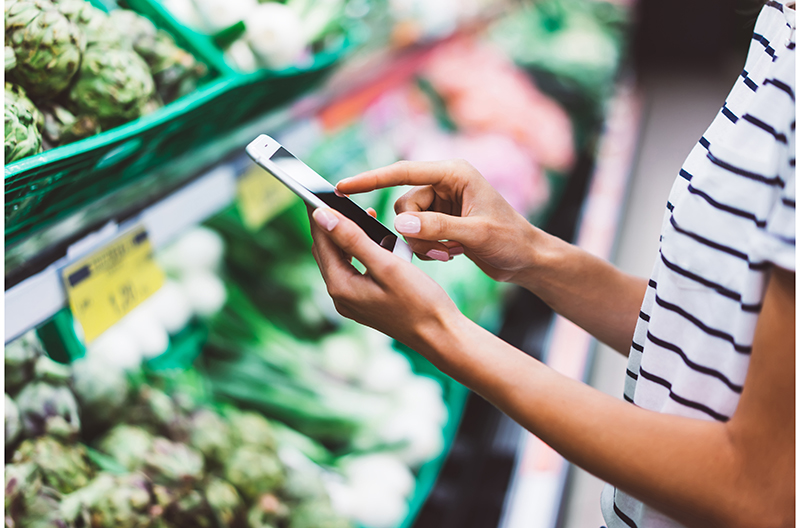The U.S. online grocery market finished January with $8.4 billion in total sales, down 1.2 percent compared to last year, according to the monthly Brick Meets Click/Mercatus grocery shopping survey fielded Jan. 30-31.
The drop in total online grocery sales was driven by ship-to-home sales, which declined 15 percent to $1.3 billion. Pickup posted the strongest gains, increasing almost 3 percent on a year-over-year basis to $4.1 billion, while delivery grew less than 1 percent, holding steady around $3 billion.
Collectively, the three segments captured more than 12 percent of total grocery spending in the month, slightly higher than a year ago and likely buoyed by strong overall grocery spending by U.S. households. Excluding ship-to-home, the share of spending attributed to pickup and delivery was more than 10 percent.
Insights from the results focus on year-over-year shifts in household usage, order activity and spending patterns, plus causal factors such as intent to repeat and health concerns.
Household usage
The total overall eGrocery user base for January dropped 1.6 percent versus last year. Pickup was the only receiving method that expanded its respective monthly active user base during January, although it was up only by 1 percent. In contrast, the MAU base for delivery dipped 2 percent, and ship-to-home plummeted 10 percent compared to the prior year.
The pullback in total MAUs was driven mostly by the largest user group (30–44-year-olds) which shrank 5 percent from the prior year, but a 4 percent decline in the 60-and-over age group also contributed.
Order activity
Overall, MAUs placed fewer online orders for groceries during the month, continuing a longer-term, downward trend since this measure peaked in May 2020. The decline in ordering frequency was driven by a combination of fewer MAUs making at least three orders during the month, and an increase in the number of households completing only one order.
Spending patterns
The average order value, which excludes the costs of using the service (charges, fees and tips), were mixed across the three receiving methods.
Spending trends across the pickup and delivery formats were generally positive although grocery’s increase was less than half of the 11 percent gain that mass reported. Conversely, ship-to-home formats reported pullbacks in spending per order, including Amazon’s pure-play services whose AOV fell by 4 percent.
Causal factors
For January, the likelihood that a customer will use the same service within the next 30 days dipped approximately two percentage points versus last year to 60 percent.
“This large gap in repeat intent is concerning and should raise a red flag for conventional grocers,” said David Bishop, partner at Brick Meets Click.
“While our monthly research didn’t examine the causes for the variations between grocery and mass, it could be associated with a number of variables, including product pricing, service-related costs or differences in customer experience, so grocers may want to analyze what are the main culprits driving their respective rates lower.”
When it comes to health concerns, it’s no longer just about COVID-19 as the flu and RSV are also triggering worries for customers. The research estimated that roughly 7 percent of the combined pickup and delivery MAUs for January were motivated in part by these concerns.
“Grocers would benefit from focusing on initiatives aimed at driving repeat engagement and loyalty to grow share of wallet with existing customers,” said Sylvain Perrier, president and CEO, Mercatus.
“Customers now expect retailers to engage them based on their individual preferences and purchase patterns. A retailer’s first-party data is a great starting point to segment customers and develop a more personalized experience.”
For additional insights and information about the full report, visit the Brick Meets Click eGrocery Dashboard for January or visit the eMarket/eShopper page.

